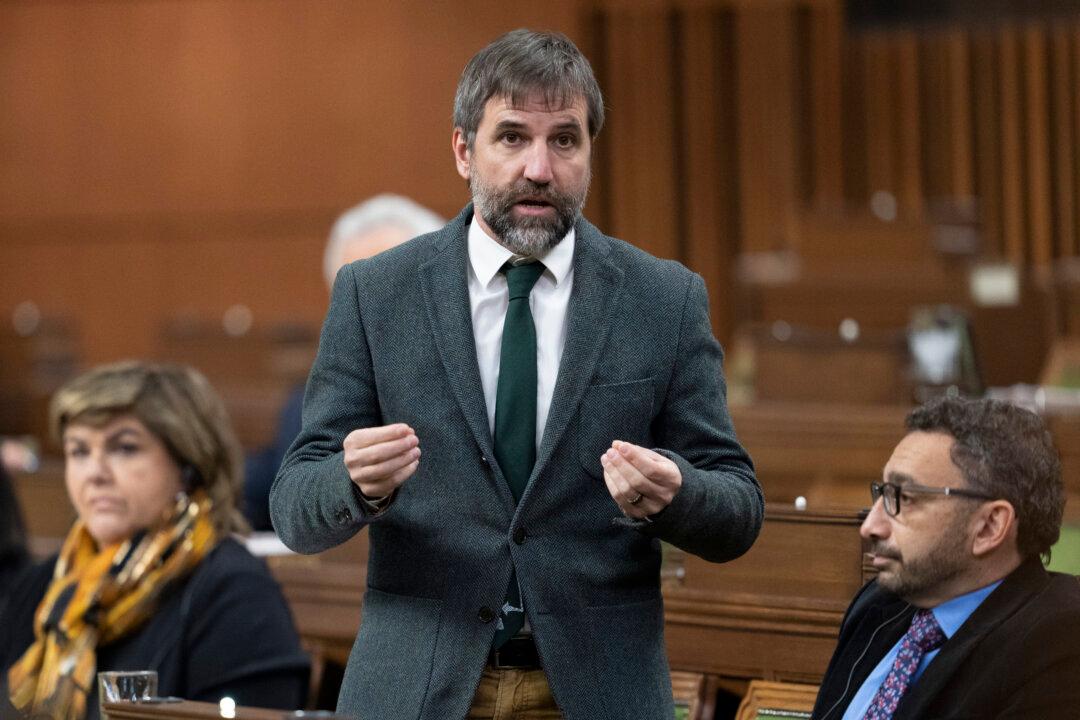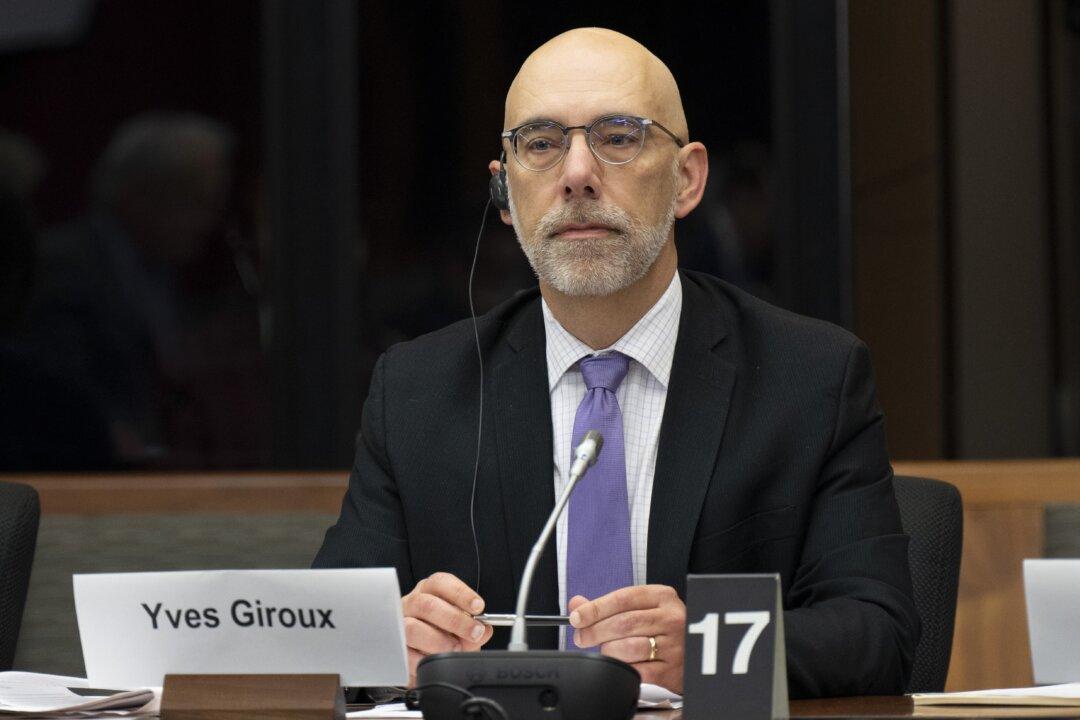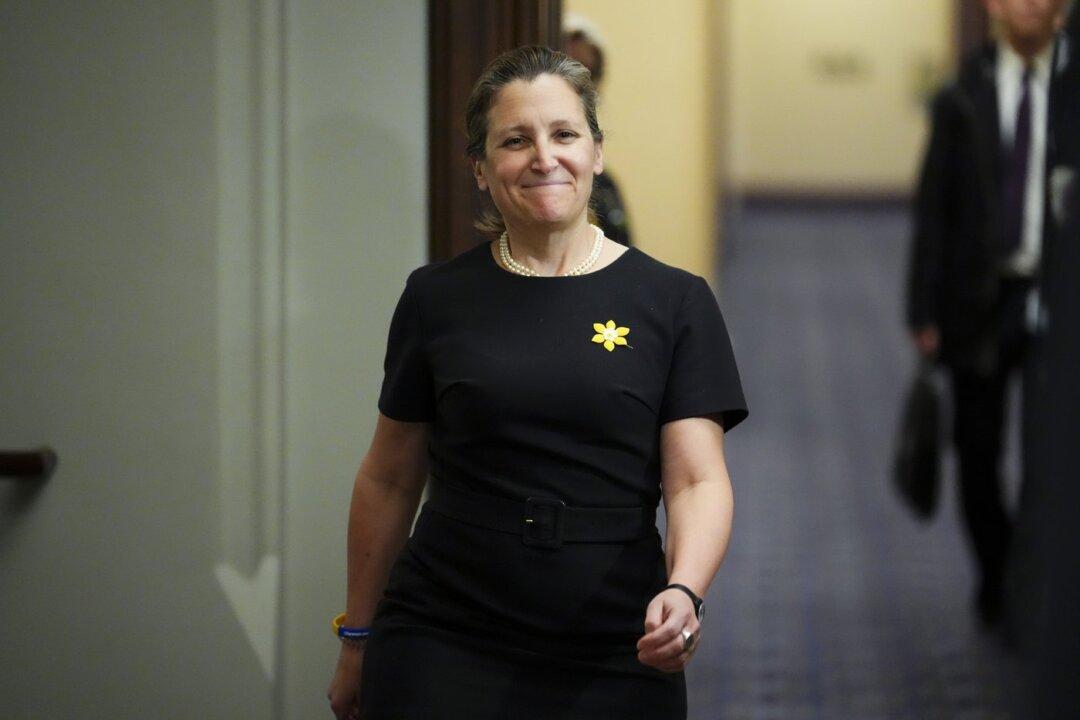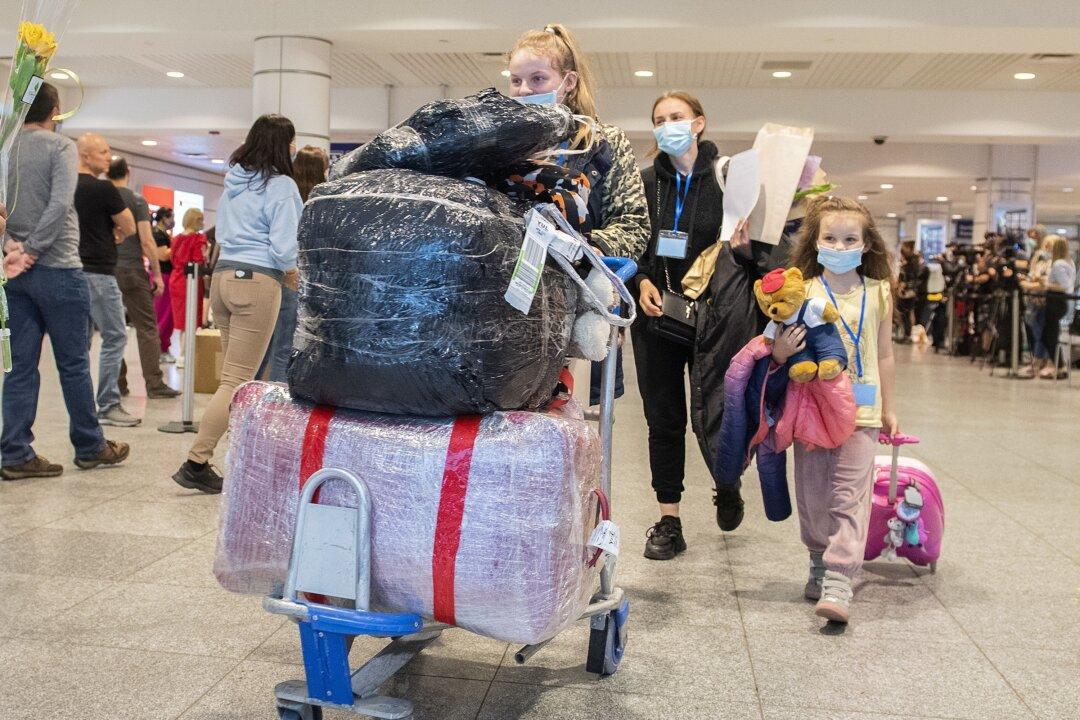The federal government has announced it will spend $1.6 billion on its newly unveiled “National Adaptation Strategy,” which it says is a commitment to a “whole-of-society approach” to tackling climate change.
The funding will go to local communities for the purpose of reinforcing infrastructure, such as bridges and roads, so that communities can survive “extreme weather events” like forest fires and floods.





